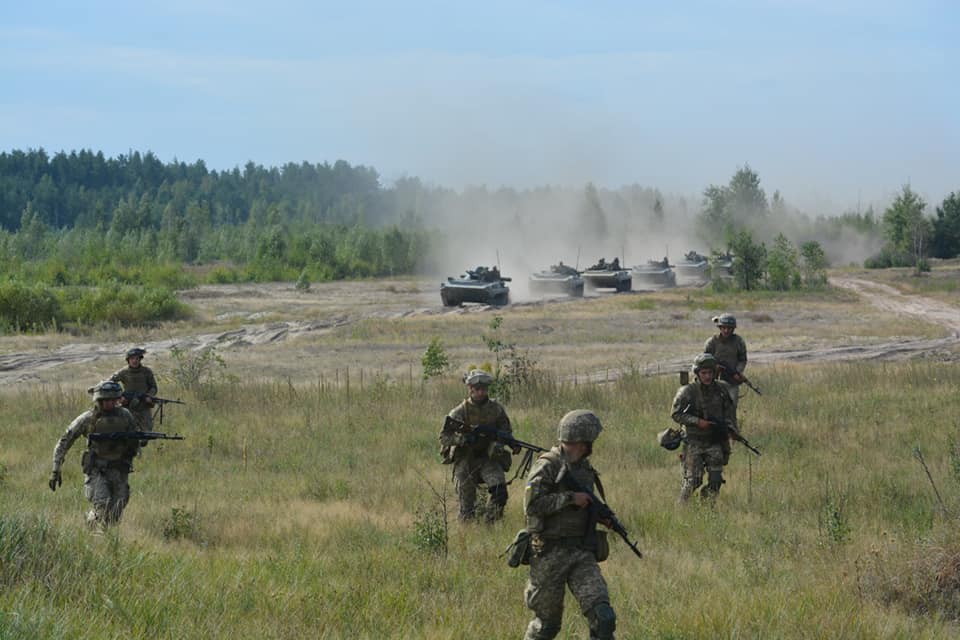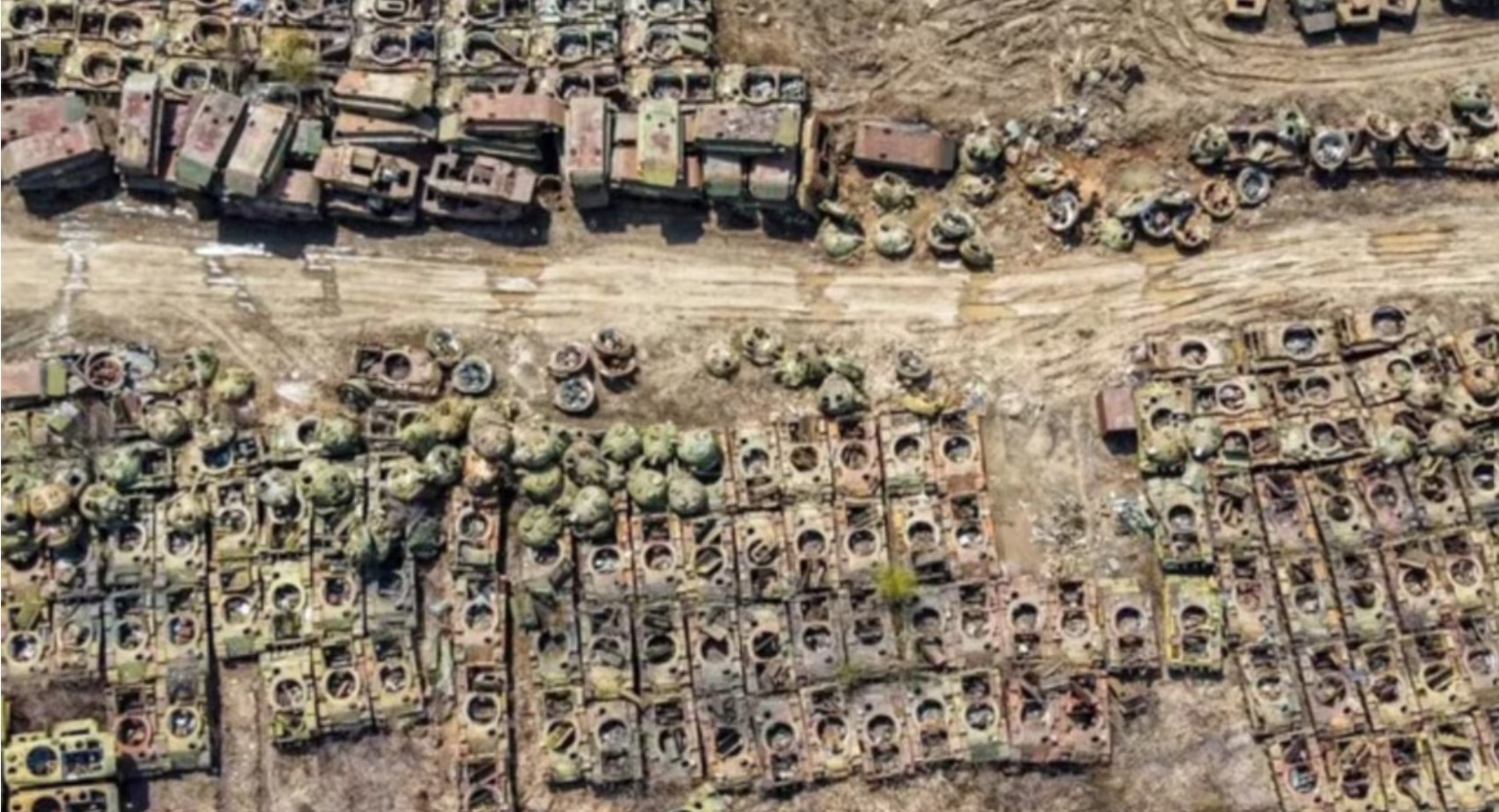A surprising Russian armored assault ended in disaster for the Russians as they tried, and failed, to break through Ukrainian defenses outside Siversk in eastern Ukraine’s Donetsk Oblast.
But that doesn’t mean the Russians aren’t creeping toward front-line settlements including Siversk. Trading a few vehicles and a lot of bodies for every meter, Russian regiments are moving toward the city—and “may begin an assault … in the near future,” according to the Ukrainian Center for Defense Strategies.
The doomed Russian armored assault outside Siversk, a relative rarity as Russia’s vehicle losses exceed 20,000 and the Kremlin holds back most of its surviving tanks and fighting vehicles for future use, involved six tanks, nine armored personnel carriers, an armored recovery vehicle, 12 Lada compact cars, two all-terrain vehicles and a staggering 41 motorcycles from the 3rd Combined Arms Army.
The Ukrainian 54th Mechanized Brigade and 81st Air Mobile Brigade struck back with the first-person-view drones, bomber drones and—presumably—artillery. “Most of the equipment was destroyed or damaged,” Special Kherson Cat noted after they and other Ukrainian observers scrutinized drone videos of the assault.
“Russian infantry losses are estimated at around a company killed and wounded,” Special Kherson Cat reported. That’s potentially more than 100 casualties.
The horrific losses belie very gradual Russian gains around Siversk, however. “Tactical gains by the enemy northeast of Siversk indicate that Russian troops have reached a line several kilometers from Siversk,” CDS wrote.
Bike tactics
It’s unclear how much the belated deployment of increasingly precious armored vehicles is helping the Russian war effort. As Russia’s wider war on Ukraine grinds into its 42nd month, the Russians tend to attack with infantry riding on motorcycles—or even marching on foot.
The growing proportion of the 46-ton, three-person T-72Bs in the Russian inventory is the latest sign that Russian regiments are “de-mechanizing.” That is, evolving—or devolving—into infantry-first formations.
It’s a costly approach. But it can work. Russian infantry have exploited Ukrainian brigades’ desperate manpower shortage—Kyiv’s army is short 100,000 trained infantry—and recently marched through gaps in Ukrainian lines northeast of Pokrovsk, further closing a pincer around that city 90 km southwest of Siversk.
Russian commanders tried to hasten Pokrovsk’s fall by pulling their dwindling reserves of tanks out of the vehicles’ protective hideouts and rolling them into action on the city’s southern flank, where small Russian sabotage groups have lately enjoyed some limited success infiltrating Ukrainian lines.
The problem, for the Russians, is where the tanks went. They traveled along a notorious “road of death” for Russian vehicles threading from the Russian stronghold of Selydove through the village of Shevchenko, a few miles south of Pokrovsk.
The 155th Mechanized Brigade’s drones spotted the Russian tanks and infantry fighting vehicles—a dozen or so?—coming on Saturday. “Coordinated actions of artillery and unmanned systems forces of the 155th Mechanized Brigade thwarted another assault on the Pokrovsk direction,” the brigade reported. “The entire enemy column was destroyed.”
“Tanks have become a second priority in war,” a Ukrainian tanker named Bohdan told David Kirichenko, an analyst for the Center for European Policy Analysis in Washington, D.C. “It’s now a war of artillery, drones and infantry.”
Ukraine may have the edge in drones, but Russia has a lot more troops and artillery. So the wholesale destruction of rare Russian armored columns might not mean much in the end. Russia can lose more of its dwindling stocks of tanks … and still advance.
CDS announced it expects more aggressive Russian action around Siversk in the coming weeks. “The 3rd Combined Arms Army will try to break through to the northern bank of the Siverskyi Donets River between Yampil and Hryhorivka, and from the southeast—toward Siversk.”





